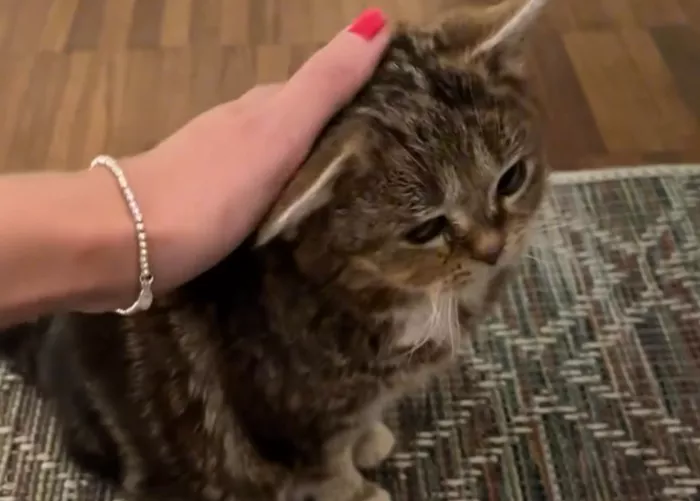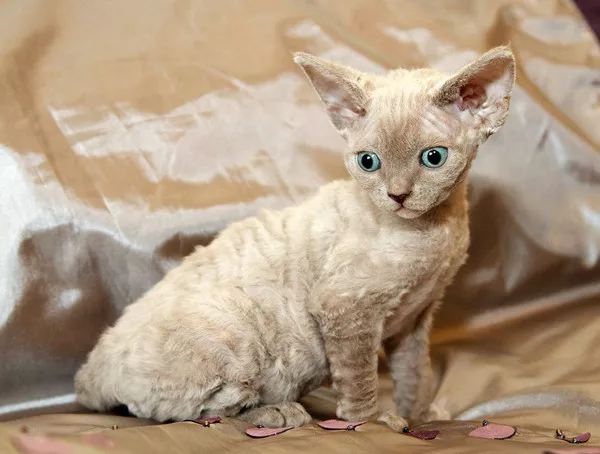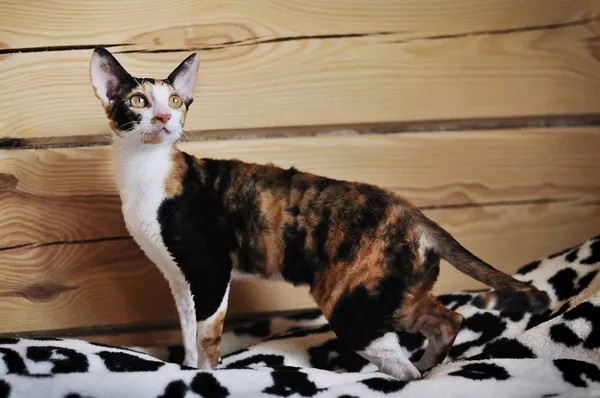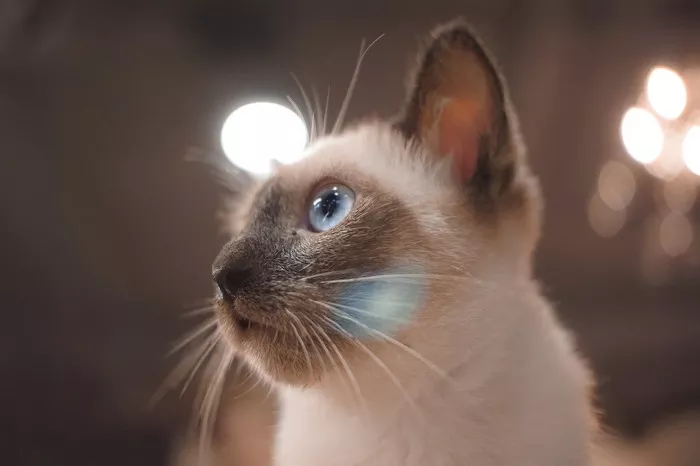Francis the cat‘s story is both heartwarming and fascinating, shedding light on the complexities of dwarfism in animals and the innate human response to cuteness.
Despite his small stature and grumpy appearance, Francis defies expectations by thriving well beyond the predicted lifespan for a cat with his condition. His resilience and zest for life are a testament to his strong spirit.
Dwarfism in cats, much like in humans, can arise from various genetic and pituitary-related factors. While some breeders may intentionally breed for certain mutations to create designer breeds, Francis is a natural occurrence, highlighting the diversity and uniqueness found in nature.
The widespread appeal of cute animals, whether they’re babies, baby animals, or even cartoon creatures, taps into our innate caregiving instincts as mammals. Studies have shown that cute creatures activate pleasure and emotional centers in our brains, prompting us to respond with care and affection.
The evolution of domestic animals, like foxes and certain dog breeds, further underscores our preference for characteristics that we perceive as cute, such as shorter snouts and larger eyes. These features may evoke similarities to human babies, eliciting a nurturing response from us.
In Francis’s case, his perpetual kitten-like appearance invokes a sense of caregiving and affection from those around him, despite his occasional grumpiness. As he continues to explore his surroundings with enthusiasm, he serves as a reminder of the enduring bond between humans and animals, rooted in our shared capacity for love and compassion.























